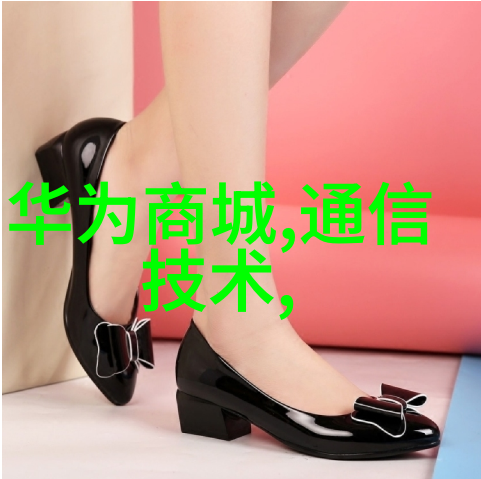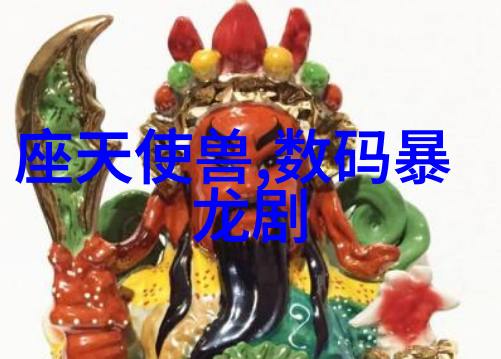理解中医补火不燥原则辅热vs制热
在中医学的治疗体系中,调理体内气血、平衡阴阳,是治疗疾病的基本原则之一。其中,“补火不燥”这一概念是指通过适当的方法来增强人体的生命力和抵抗力,而不会造成过度发汗或引起其他副作用。在这个过程中,辅热和制热作为两种不同的调节手段,它们各自有其特定的作用机理和应用范围。

1. 辅热与制热的区别
首先,我们需要明确的是,辅热和制熱虽然都属于温暖身体的手段,但它们之间存在着本质上的区别。辅助加温主要是为了帮助人体恢复健康,不是为了直接治疗某些疾病,而是通过调整体内气血运行状态,以促进整体健康;而主动发汗(即制熱)则更侧重于针对具体症状进行治疗,比如解表退黄、利湿化痰等。

2. 辅助加温与主动发汗的目的不同
在使用这些调节手段时,其目的也大相径庭。辅助加温旨在提供稳定且持久的人工环境,以帮助人体内部系统逐渐恢复正常功能。而主动发汗,则更注重快速释放身体中的毒素或废物,从而达到药效迅速显现。

3. 中药辨证施治
在实际临床操作中,医生会根据患者的情况选择合适的手法。如果患者出现虚寒感或者肾阳不足,这时候就需要采取“补火不燥”的策略,即采用具有温补作用的一些药材,如鹿茸、黄芪等,以增强肾阳之力。此外,如果患者有寒邪侵袭或者湿邪滞留,也可以用一些能够散寒解表、利湿化痰的药物来配合使用。

4. “补火不燥”的实践意义
"补火不燥"这一理念对于日常生活中的保健来说尤为重要。在春季易感冒的时候,可以通过食疗方法,如多吃一些能壮阳益气的地黄类食物,以及适量饮用含有姜汁的小麦粥等,以预防感冒。但同时要注意,不要过度摄入辛辣刺激性较高的大蒜、大葱等食品,这样可能会导致反效果,使得原本想要提高免疫力的努力白费了。

5. 结论
总结来说,auxiliary warming and active sweating are not the same, they have different purposes and methods in medical treatment. Auxiliary warming is used to help the body recover from illness or injury, while active sweating is used to treat specific symptoms such as fever or rheumatism.
In conclusion, understanding the concept of "supplementing fire without causing dryness" can help us make more informed decisions about our health and well-being by choosing appropriate treatments that balance our body's energy levels without causing harm.
By following this principle, we can maintain a healthy lifestyle and avoid unnecessary complications that may arise from misusing auxiliary warming or active sweating techniques in our daily lives.
Through careful consideration of these factors, we can ensure that our bodies are receiving the proper care they need to function at their best level possible.
Finally, it is important for everyone to remember that prevention is always better than cure when it comes to maintaining good health – so let’s all do what we can each day to keep ourselves feeling strong and healthy!



